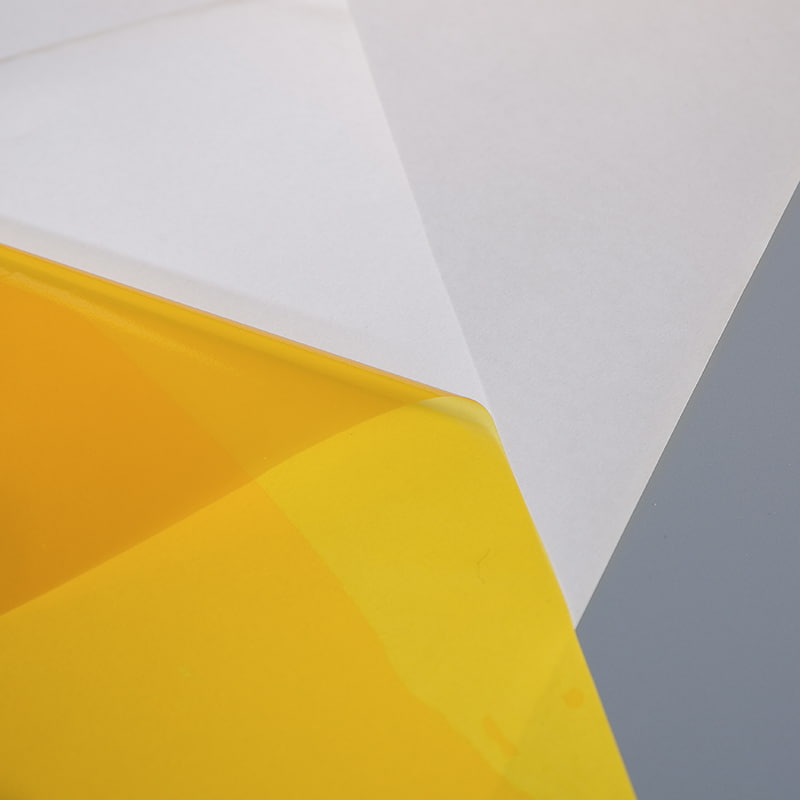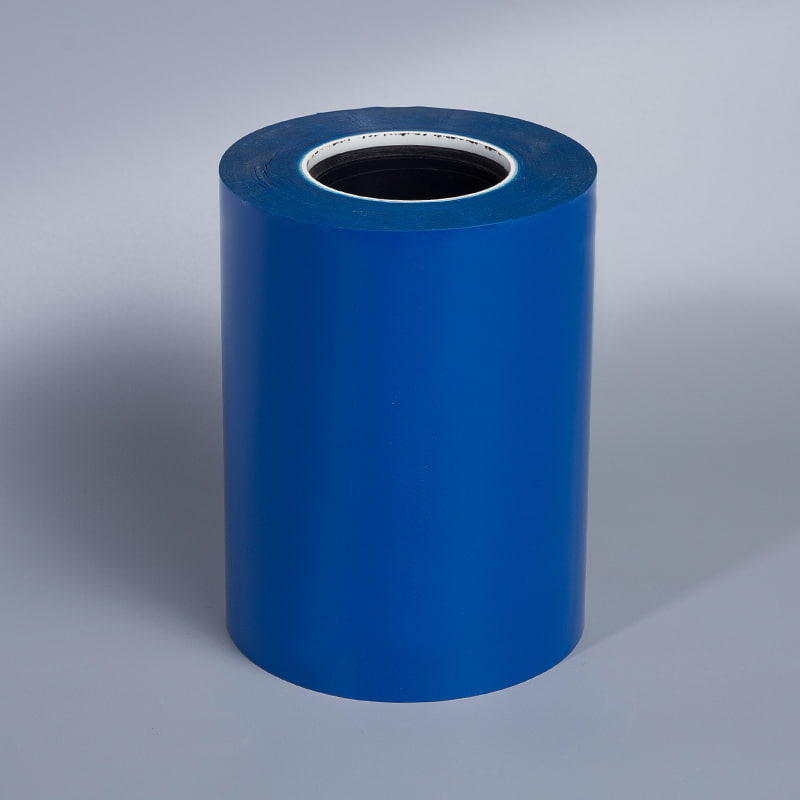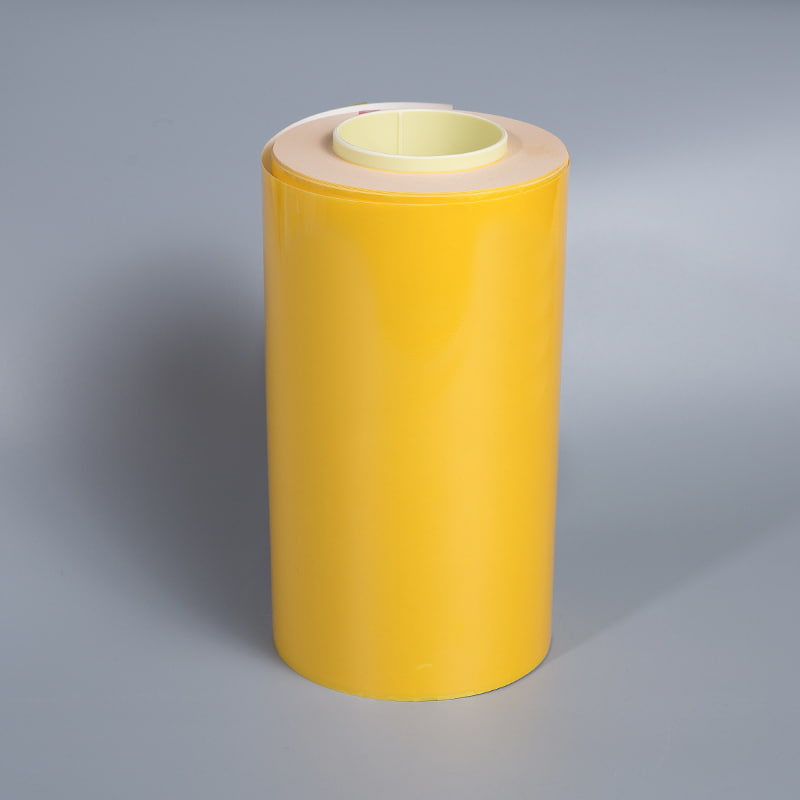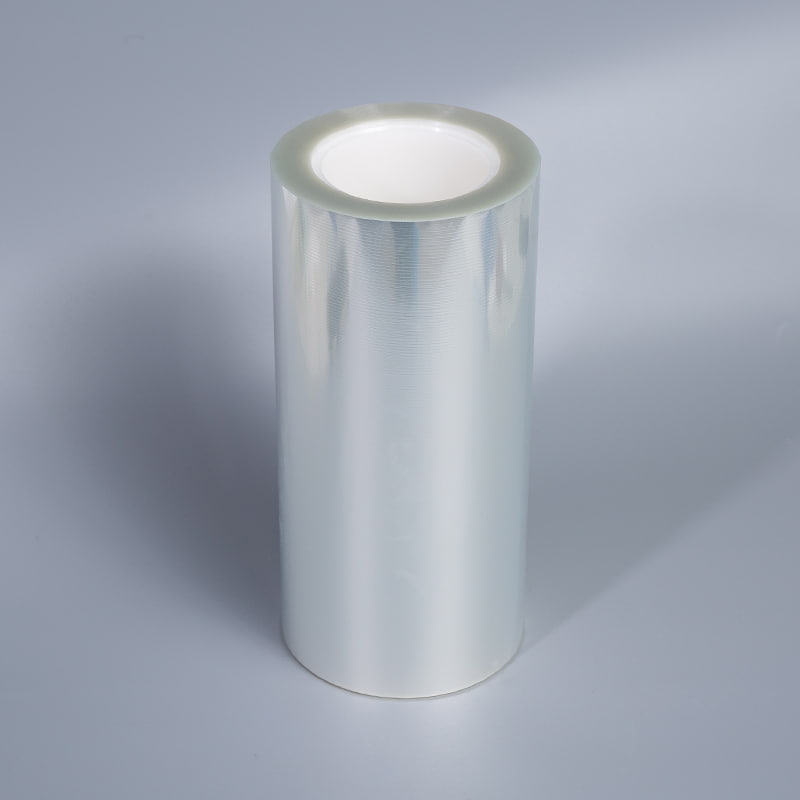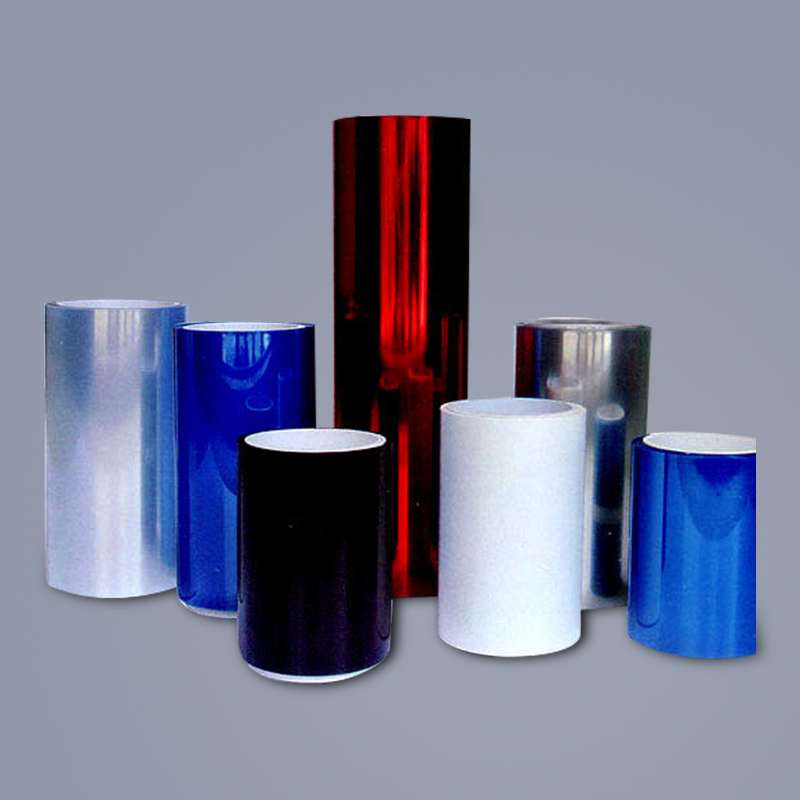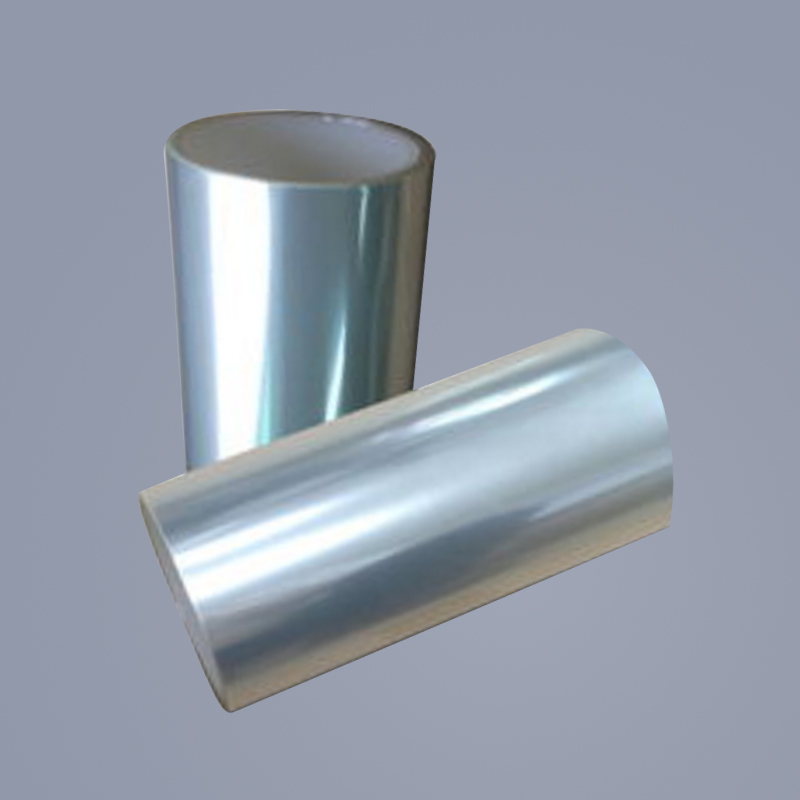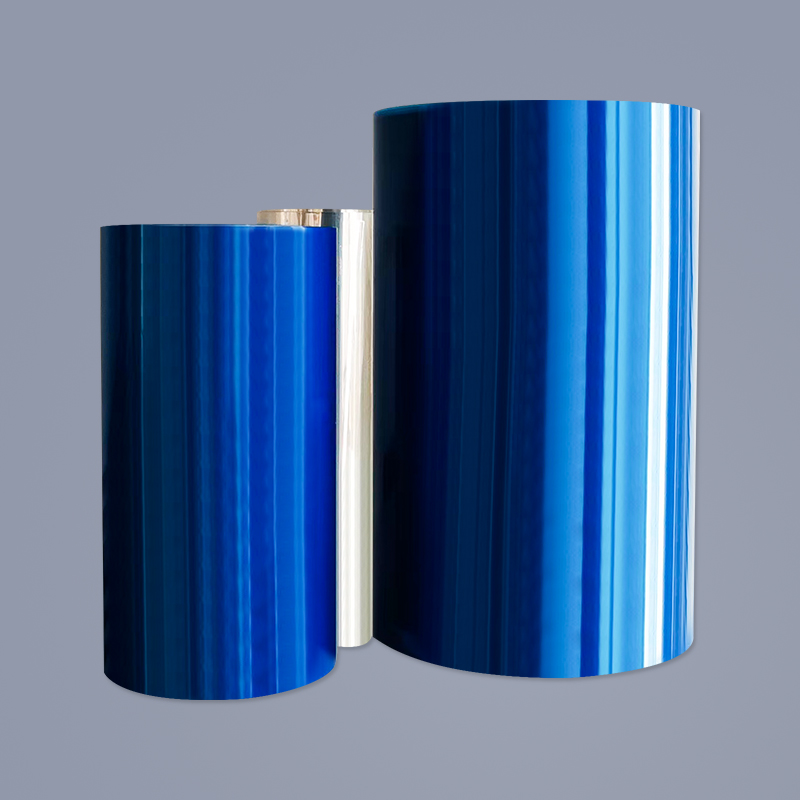- 1 What Are PET Release Printed Films and How Are They Made?
- 2
- 3 Key Benefits of Using Printed PET Release Liners
- 4 Top Applications for PET Release Films with Printing
- 5 Choosing the Right PET Film Release Liner: A Buyer's Guide
- 6 FAQ
- 6.1 What is the difference between PET release liners and PP (polypropylene) release liners?
- 6.2 Can PET release printed films be customized for my specific application?
- 6.3 How does the quality of a printed PET release liner affect my production process?
- 6.4 Are there environmentally friendly or recyclable options for PET release liners?
PET Release Printed Films are sophisticated, multi-layer materials that combine the excellent physical properties of Polyethylene Terephthalate (PET) with specialized release coatings and high-quality printing. These engineered films are critical components in a wide array of industries, from label manufacturing and composite molding to electronics and medical device production. Their primary function is to provide a stable, printable surface that can be easily separated from an adhesive or resin, facilitating efficient and damage-free processing. This guide delves deep into the world of PET Release Printed Films, exploring their types, applications, benefits, and key selection criteria to help you make an informed decision for your specific needs.
What Are PET Release Printed Films and How Are They Made?
The manufacturing of PET Release Printed Films is a precise, multi-stage process that results in a high-performance composite material. It begins with a base film of biaxially oriented PET, known for its exceptional tensile strength, dimensional stability, and clarity. This base film is then coated on one or both sides with a release agent, typically silicone, which is cured to create a non-sticky surface. The final and defining step is the printing process, where information, logos, or safety instructions are accurately applied. The entire manufacturing chain requires stringent quality control to ensure consistent release force, print adhesion, and freedom from defects.
- Base Film Production: PET pellets are melted and extruded into a sheet, which is then stretched biaxially to align the polymer molecules, greatly enhancing its strength and thermal stability.
- Release Coating Application: A precise layer of silicone or other release chemistry is applied to the PET film. This coating is then cured, often using UV light or electron beams, to create a cross-linked, low-surface-energy layer.
- Printing Process: High-resolution flexographic, gravure, or digital printing is employed to apply the desired graphics, text, or codes onto the film's surface or the release liner itself.
- Slitting and Rewinding: The large master rolls are precisely slit into narrower widths and rewound into smaller rolls, packaged, and prepared for shipment to end-users.
Key Benefits of Using Printed PET Release Liners
Choosing printed PET release liners over plain alternatives or other materials offers a multitude of advantages that streamline production, enhance product value, and improve end-user experience. The inherent properties of PET, combined with the functionality of printing, create a powerful tool for manufacturers. These benefits translate into tangible cost savings, reduced errors, and stronger brand recognition, making them an indispensable component in modern manufacturing and packaging lines.
- Enhanced Product Identification and Traceability: Printed information such as part numbers, batch codes, and barcodes allows for easy tracking throughout the supply chain and simplifies inventory management.
- Improved Process Efficiency and Automation: Printed guidelines or eye marks enable precise, high-speed automated dispensing and application equipment to function accurately, reducing misalignment and waste.
- Superior Protection and Damage Prevention: The tough PET film provides an excellent barrier against moisture, gases, and mechanical abrasion, protecting the sensitive adhesive beneath until it is ready to be used.
- Professional Branding and User Instructions: The surface can be printed with logos, branding elements, and usage instructions, enhancing the professional appearance of the final product and improving customer engagement.
- Consistent and Reliable Release Performance: Engineered release coatings ensure a predictable and uniform peel force, which is critical for maintaining high yields in automated conversion processes.
Top Applications for PET Release Films with Printing
The versatility of PET release films with printing makes them suitable for a remarkably diverse set of applications across numerous sectors. Their ability to combine protective functionality with communicative printing opens up uses that go beyond simple liner applications. From ensuring safety in medical procedures to enabling complex industrial fabrication, these films are a silent but crucial enabler of modern technology and commerce.
- Pressure-Sensitive Label Stocks: Serving as the carrier liner for labels, where printing on the liner provides application instructions or safety warnings that are visible before the label is applied.
- Composite Material Layup and Molding: Used as a separation layer in the manufacture of composite parts (e.g., carbon fiber), with printing often indicating the side that should contact the resin.
- Die-Cut Adhesive Tapes and Components: Protecting pre-cut adhesive parts, with printing used for part numbering, orientation, and facilitating automated assembly in electronics and automotive industries.
- Medical Device and Pharmaceutical Packaging: Acting as a sterile barrier and release liner for transdermal drug patches and wound care products, where printing conveys critical dosage and usage information.
- Industrial Tapes and Graphic Films: Providing a robust liner for heavy-duty tapes and large-format graphic applications, with printing aiding in installation guidance and product identification.
Choosing the Right PET Film Release Liner: A Buyer's Guide
Selecting the optimal PET film release liner is not a one-size-fits-all decision; it requires a careful evaluation of your specific application's requirements. The wrong choice can lead to processing headaches, adhesive transfer issues, and product failures. Key factors to consider include the type of adhesive, the converting process, environmental conditions, and the required information to be printed. Understanding the specifications of release liners will empower you to collaborate effectively with suppliers and find the perfect match for your project.
- Release Force Level: This is perhaps the most critical specification. It defines how easily the liner separates from the adhesive. Options range from light and medium to high and super-high release, tailored to the tackiness of the adhesive.
Light Release (Easy Release) Ideal for aggressive, high-tack adhesives. Prevents adhesive transfer or liner breakage. Medium Release (Standard Release) The most common type, offering a balance for a wide range of general-purpose adhesives. High Release ( Tight Release) Used with low-tack adhesives or in applications where the liner must stay in place during die-cutting or shipping. - Thickness and Caliper: The thickness of the PET film impacts stiffness, flexibility, and barrier properties. Thicker liners offer better rigidity for automated dispensing, while thinner gauges provide more economical and flexible solutions.
- Printing Technology and Ink Adhesion: Ensure the supplier uses printing methods (flexo, digital) and inks that are compatible with your liner's surface and that provide the required durability and legibility.
- Surface Treatment: The surface energy of the PET film must be suitable for both the release coating and the printing inks to ensure optimal adhesion and performance.
- Compliance and Regulatory Requirements: For applications in food contact, medical, or children's products, verify that all components (PET, silicone, inks) meet relevant FDA, USP Class VI, REACH, or RoHS regulations.
FAQ
What is the difference between PET release liners and PP (polypropylene) release liners?
PET and PP are the two most common materials for release liners, each with distinct properties. PET release liners are known for their superior mechanical strength, thermal stability, and excellent moisture barrier. They are more rigid and are ideal for high-speed converting applications, die-cutting, and situations where dimensional stability under heat is critical, such in as electronic component assembly. PP liners, on the other hand, are generally more flexible, cost-effective, and offer good clarity, but they have a lower heat resistance and can be more susceptible to tearing under tension. The choice between them ultimately depends on the specific demands of the application, the type of adhesive used, and the converting process involved.
Can PET release printed films be customized for my specific application?
Absolutely. A key advantage of PET Release Printed Films is their high degree of customizability. Manufacturers can tailor numerous parameters to meet exact requirements. This includes customizing the release force (from very light to very heavy), the thickness of the PET film, the color and type of the silicone coating (e.g., solvent-based, platinum-cure), and of course, the printing. The printing can be customized with specific logos, text, barcodes, QR codes, and sequential numbering. It's essential to work closely with your supplier, providing them with detailed specifications about your adhesive, converting machinery, and end-use environment to develop a liner that performs flawlessly in your process.
How does the quality of a printed PET release liner affect my production process?
The quality of a printed PET release liner has a direct and significant impact on production efficiency, yield, and overall product quality. A poor-quality liner can cause numerous downstream issues. Liner breaks or inconsistent release force can jam high-speed automated dispensing and application equipment, leading to costly downtime. Low surface energy or improper curing can cause poor ink adhesion, resulting in smudged or unreadable print, which defeats the purpose of having a printed liner. Furthermore, contaminants or gels in the film can translate into defects on the adhesive surface, rendering die-cut parts unusable. Investing in a high-quality, consistent liner from a reputable supplier minimizes these risks, ensures smooth production flow, and maintains the integrity of your final product.
Are there environmentally friendly or recyclable options for PET release liners?
The sustainability of release liners is a growing focus in the industry. While traditional silicone-coated liners are not easily recyclable through standard municipal streams due to the silicone contamination, there are developing alternatives. Some suppliers offer liners with solvent-free silicone coatings, which reduce VOCs (Volatile Organic Compounds) during manufacturing. Furthermore, the industry is actively developing and commercializing recyclable release liner solutions. These often involve specialized silicone chemistries that are designed to separate from the PET film during a specific recycling process, allowing the clean PET to be recovered and recycled. It is crucial to discuss your sustainability goals with your supplier, as availability and suitability of these greener options are rapidly evolving.


